Dogs are man’s best friend. They have been domesticated for thousands of years. With the passing years, canines have become integral to our modern human societies worldwide. The earliest specimen of domestication can be traced almost 20,000 years back. Dogs used to be domesticated before other animals, even when humans were not civilized and were mere hunters.
Dogs were domesticated by different groups of people who belonged to diverse areas of the world. For those who think that ancient humans domesticated dogs because they found them cute, they must know more than good looks; canines possess abilities that helped humans at that harshest time to survive. The oldest dog domestication evidence pointed to the Middle East, East Asia, Siberia, and Western Europe.
The records highlight that these are possibly the areas where the partnership between man and the dogs first began. However, the question that can arise in your mind is why humans domesticated dogs remains an enigma, and various theories abound.
Here are some of the top reasons why dogs have been domesticated so early:
Ability to hunt
One of the most accepted theories of dog domestication suggests that humans domesticated dogs for their ability to hunt and protect. According to this theory, early humans found that dogs had a remarkable ability to track down prey. They could also be well-trained to chase and retrieve games.
In return for their assistance, humans provided food and shelter to the dogs. This arrangement led to a mutually beneficial relationship between humans and dogs.
Never a strain on resources
Early humans arrange their food through hunting. The ancestral dogs likely lived as scavengers surviving on the excess meat that the humans had. They can be given the scraps like bone, fat, or some parts of meat that the human being will throw away otherwise.
Since the dogs can survive on such a lean animal protein diet, human beings never felt any threat to their food resources while the dogs were around.
Good companions
Another theory suggests that humans domesticated dogs for their companionship. Early humans living in groups found that dogs could provide comfort and security. They would alert their owners to the presence of strangers, warn them of potential danger, and even provide warmth during cold nights. Over time, dogs became valued members of human society, and their companionship was highly prized.
Help with farming
A third theory of dog domestication claims that humans domesticated dogs for their ability to help with farming and herding. As humans began to settle and engage in agriculture, they found that dogs could help in many ways. They could herd livestock, protect crops from predators, and even help with plowing and harvesting. As such, dogs became essential to the success of human agriculture.
Understand non-verbal cues
Apart from these theories, some possible explanations suggest that dogs can understand non-verbal cues. When the dogs discover that people provide them with food, praise them, watch them, and play with them, they intently wait for any cues from them.
They can recognize hand gestures, sound cues, and eye movements as signals. This particular feature must be helpful for early humans, especially on the hunting ground.
Strength
Before there were horses in North America, Native Americans used dogs as work animals. They got trained to pull sleds, known as travois. The sleds can be loaded with 40 pounds of stuff. Native Americans were known to have thousands of dogs who lived among them and helped them with hunting and carrying on their work.
View this post on Instagram
Recent studies
While the above theories offer some explanations for dog domestication, recent research has shed new light on the topic. Genetic studies have revealed that dogs are descended from wolves and were domesticated between 20,000 and 40,000 years ago.
This timeline suggests that the domestication of dogs was a gradual process that occurred over thousands of years rather than a single event.
Additionally, genetic studies have shown that the domestication of dogs may have resulted from self-domestication. The theory suggests that dogs were not actively domesticated by humans but evolved to become more tolerant and friendlier towards humans.
Over time, the friendliest and most social wolves were more likely to survive and reproduce, thus leading to the development of a new species, the domesticated dog.
In support of this theory, research has found that dogs have a unique ability to read and respond to human emotions, which is not present in wolves. This ability suggests that dogs have evolved to be better suited to living with humans over time.
Moreover, archaeological evidence suggests that dogs were not initially kept for hunting or farming but rather as a source of protein. In many cultures, dogs were eaten as a food source, and early humans likely kept dogs for this purpose.
However, as the relationship between humans and dogs developed, their roles evolved beyond being a food source, and they became valued companions.
The reasons behind dog domestication are complex and multifaceted. While the most widely accepted theories suggest that dogs were domesticated for hunting, companionship, and farming, recent genetic and archaeological studies suggest that the procedure of dog domestication was more nuanced.
It may have been a gradual process, influenced by the evolving relationship between humans and dogs and the unique ability of dogs to read and respond to human emotions.
Regardless of the exact reason for dog domestication, one thing is imperative- dogs have become an integral part of human society and have continued to be our loyal companions for generations.
Read Also: How To Domesticate Indian Stray Dogs?
Frequently Asked Questions
Q: Why have humans domesticated dogs?
A: Dogs, as we know them today, are naturally cooperative. Humans detected this quality earlier, making them decide to domesticate dogs. Dogs were significant companions on hunting expeditions and guarding cattle and homes.
Q: What are the three reasons for domesticating dogs?
A: Three probable reasons for domesticating dogs were companionship, work, and food. Other reasons also led humans to domesticate dogs and other livestock animals.
Q: Why are dogs important to humans?
A: Dogs are significant in many ways. Growing up with pets can give children a sense of security and togetherness that is hard to forget. Many dogs love to be around smaller kids. Even older adults enjoy the company of dogs. They are great stress relievers.
They are compassionate towards children. Hence, kids are likely to be compassionate. Studies suggest that living around dogs helps reduce anxiety, stress, and depression. They are active, and thus their playful nature can keep you entertained.
Moreover, you would not be lonely. They provide a secure feeling, so dogs build a special companionship with humans.
Q: When did dog domestication start?
A: Historical documents suggest that dogs were domesticated around 18,800 -32100 years ago. Their domestication started in western Siberia and Europe.
Q: Were dogs the first domesticated animal?
A: Dogs were the earliest animals that went through the domestication process. One species built domestic ties with humans during the Pleistocene phase (1, 2.12, 13).
Conclusion
To this day, dogs continue to serve man in various ways. Their instinct to fetch, protect and understand is helpful for the human race. For their behaviors, they are now part of military groups, police forces, border control, rescue operations, therapies, and drug enforcement.
Not only that, they are often included in movies, celebrities on social media, sports champions, or just a productive member of the household. Whatever their role, they continue to be the greatest friend of human beings.

 DogExpress
DogExpress

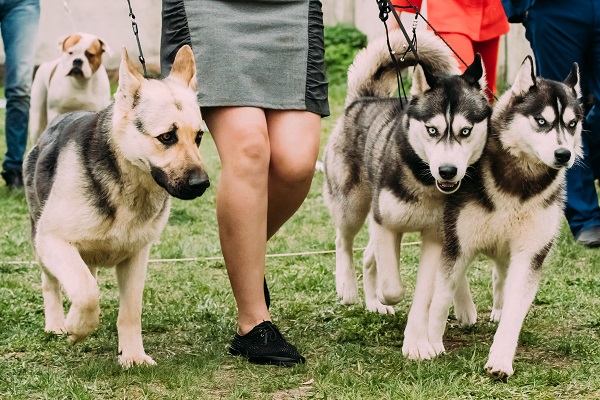
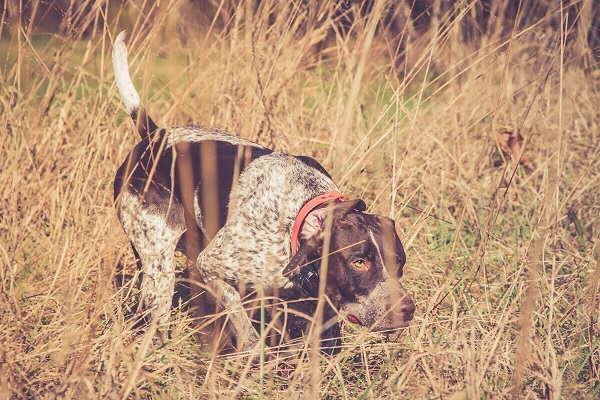

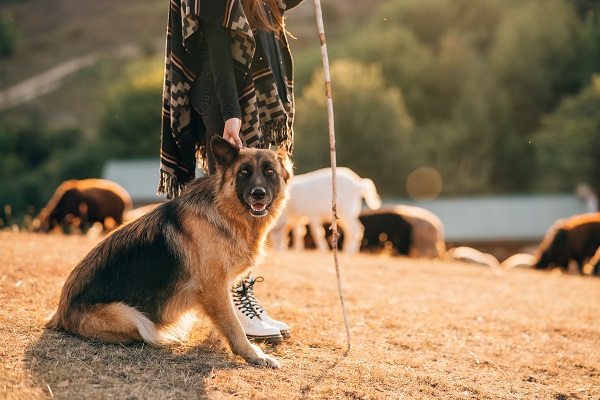

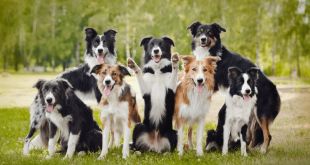

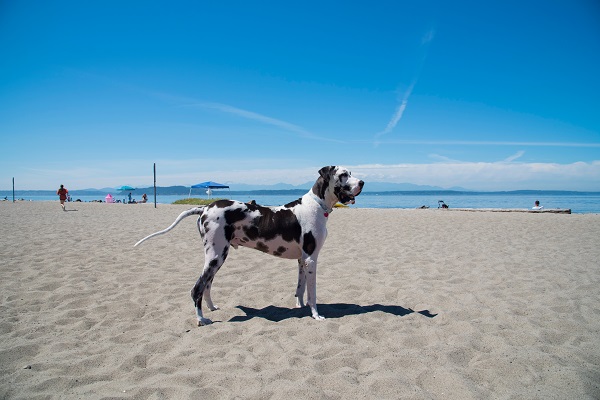












 in Chandigarh, India.
in Chandigarh, India. 
